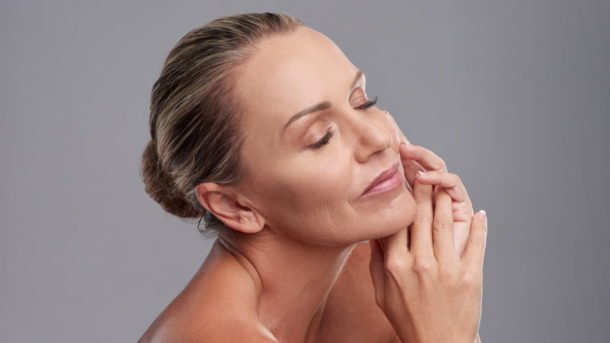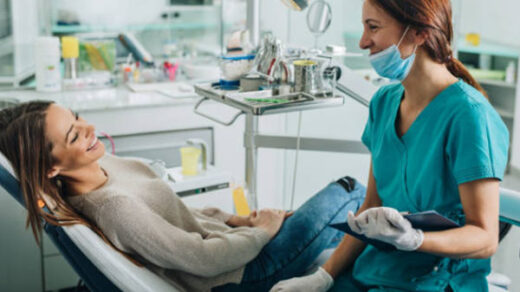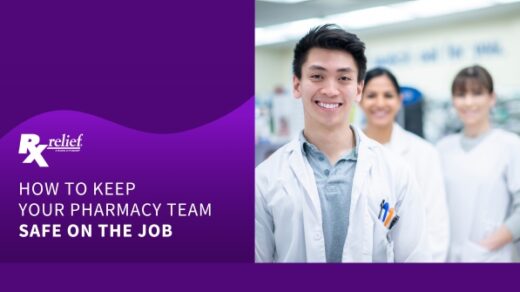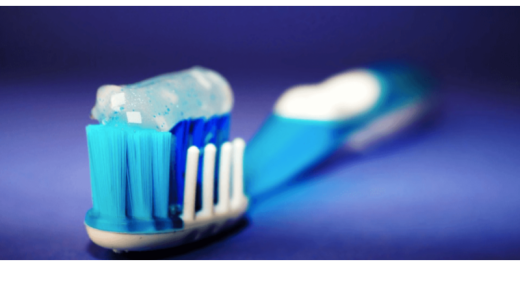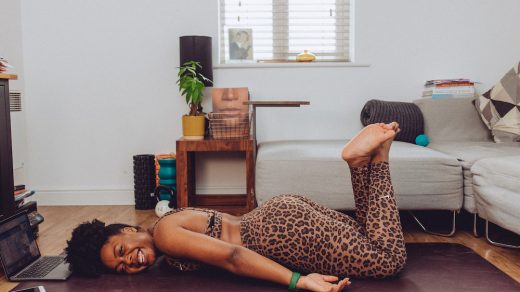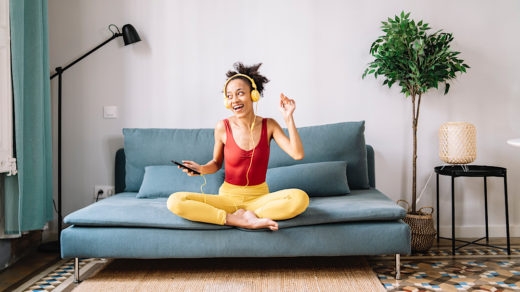Overview
What is laser skin resurfacing?
Laser skin resurfacing is a proven way to help reduce wrinkles, age spots, acne scars, and other blemishes as well as tighten skin and balanced tone. But precisely because lasers can do so much, and vary widely in how they act on your skin, it is hard to know where to start when researching treatment—even the most perfunctory search reveals a slew of competing devices and methods.
We want you to be informed, not overwhelmed. Before you go too far down the Google rabbit hole, we suggest taking a step back from all the hype and reading the following key things to know about laser skin resurfacing.
Don’t get caught up in brand names—instead focus on your goals: what skin problems do you want to address, and what results are you hoping for?
1. When should I have laser skin resurfacing?
Did you know that autumn is considered “laser season”? Because laser-treated skin is hypersensitive to sun exposure for up to a year following some procedures, many cosmetic surgeons recommend undergoing laser resurfacing during fall or winter months, when daytime hours are shorter and you are spending most of your time indoors.
Regardless of what time of year you have your laser procedure, wear a broad-spectrum SPF 30 or higher sunscreen daily and reapply as needed. This not only helps to keep your results looking their best, it also provides protection against skin cancer and helps prevent additional premature aging.
2. Treatments may hurt—or they may not
Patients and doctors commonly compare the sensation felt during laser treatments to a rubber band snapping against the skin. However, what laser resurfacing feels like depends on the laser, the depth and area of treatment, and an individual’s tolerance for pain.
Deeper ablative (where some outer layers of skin are removed) laser treatments may require local anesthetic injections or intravenous sedation to keep a patient comfortable. Examples of ablative lasers are CO2 lasers and Erbium YAG lasers.
Some non-ablative laser treatments (where the laser passes through the skin without removing layers) cause little-to-no pain and require only a topical numbing cream to offset discomfort. Non-ablative lasers include pulsed-dye, ND: Yag, and Alexandrite lasers. Following the procedure, some degree of tenderness in the treatment area can be expected. Your provider will recommend safe ways to control discomfort after laser resurfacing when necessary.
3. Having darker skin does not necessarily preclude you from laser resurfacing
A common misconception is that laser resurfacing is only safe for light skin types. While it is true that certain lasers pose a higher risk for cell damage or discoloration in darker skin, there are safe and effective resurfacing options. For lighter-toned African American, Hispanic or Asian skin tones, Erbium laser resurfacing can sometimes be a good option, posing less risk for discoloration. Patients with darker brown or black skin may need to consider other skin resurfacing options, such as radio-frequency treatments or microneedling.
The best way to ensure a safe, effective treatment for your skin type? Consult with a provider who has extensive training and knowledge in laser resurfacing procedures and experience working with darker skinned patients.
4. It makes a difference who performs your laser skin resurfacing treatments
In the hands of a highly trained, knowledgeable professional, laser resurfacing is a safe way to dramatically improve your skin’s appearance. In the hands of a poorly trained individual, lasers can be ineffective or even dangerous. Choose a laser resurfacing provider based on an individual’s experience, training, and qualification. Don’t make your pick based solely on who offers the best deal or has a brand name laser platform.
Choose a laser resurfacing provider based on experience, training, and qualification—don’t simply look for the best deal or the newest laser platform.
Your best bet? Choose a cosmetic surgeon board certified by the American Board of Cosmetic Surgery. Every ABCS certified surgeon has undergone a rigorous training fellowship that includes non-surgical treatments such as laser skin resurfacing. You can use our Find-A-Surgeon Tool to locate cosmetic surgeons near you.
5. Certain medications or conditions affect how the skin reacts to laser treatment
Always be upfront and honest with your provider about your medical history and any medications or supplements you are taking. For instance, if you are prone to cold sores or fever blisters, laser treatments may induce breakouts. Acne medications that contain isotretinoin (i.e., Accutane) can lead to poor healing or scarring from laser resurfacing, while common over-the-counter products like aspirin can increase the risk of post-procedure bleeding.
Common over-the-counter products like aspirin can increase the risk of post-procedure bleeding; other meds can lead to poor healing or scarring after laser treatments
Diabetes and other chronic conditions can also impact safety and results with laser resurfacing. You should also quit smoking at least 2 weeks prior to and after laser treatments to avoid complications with healing and provide your body with the best chance for optimal results.
6. Different lasers are optimized for different issues and skin types
The reason there are so many different laser options is that no one laser can treat all patients and all skin concerns. Here are a few varieties you are likely to come across in your research:
- CO2 Lasers are generally ablative lasers used to treat scars, warts, wrinkles, and other deeper skin flaws. Popular brands of CO2 lasers include AcuPulse by Lumenis, MiXto Pro laser by Lasering USA, and CO2RE by Candela.
- Erbium (Er:YAG) Lasers can be ablative or non-ablative. They promote collagen remodeling, making them popular options for treating fine lines, wrinkles, skin laxity, and age spots.
- Pulsed-Dye Lasers are typically non-ablative lasers that heat the skin and absorb pigments to reduce redness, hyperpigmentation, broken capillaries, and rosacea. One of the most popular pulsed-dye lasers is the Vbeam Perfecta by Candela.
- Fractional Lasers break up the laser energy into thousands of tiny beams to treat only a fraction of the skin in the area, which reduces downtime. Fractional lasers can be ablative or non-ablative, and are used to treat a number of age-related blemishes. Popular fractional laser brands include Fractora by inMode and Fraxel by Solta Medical,
- IPL (intense pulsed light) treatments technically are not lasers but are often used to treat similar concerns as lasers, such as sun damage, vascular lesions, acne, rosacea, and hyperpigmentation. Popular IPL skin resurfacing brands include Vasculaze by inMode and Lumecca by inMode. Learn more about IPL treatments.
When choosing a laser skin resurfacing treatment, focus on your individual goals: what skin problems do you want to address, and what results are you hoping for? The good news is you don’t have to determine this on your own: a board certified cosmetic surgeon or qualified skincare professional trained in laser resurfacing will be able to recommend the best treatment for you based on your skin type.
7. Plan on having multiple treatments
While in some cases, a single laser treatment will take care of a patient’s concerns, most non-ablative lasers call for a series of treatments to produce the most satisfying results. This is a trade-off that comes with a no-downtime treatment, but once the treatment series is complete, results are long-lasting.
8. Depending on the laser treatment, you may need some downtime
Although laser treatments are generally considered non-surgical, not all are downtime-free. Laser resurfacing recovery time varies depending on the type of laser used, as well as an individual’s health and healing rate.
Non-ablative lasers often require no downtime at all, while ablative lasers can require a 2- to 3-week healing process, depending on depth, before the new skin has healed completely and final results are evident.
This does not mean you have to stay at home for a month; it just means that your skin will be raw, red and scab over as it heals. You may not feel comfortable in certain social situations, and you will need to modify your activities to avoid situations where infection is possible (swimming, gym workouts, etc.).
If you are considering laser treatments to improve your skin, we encourage you to contact a board certified cosmetic surgeon. Our member directory is an easy way to locate a surgeon near you. In the meantime, you can read more about lasers and other skin resurfacing treatments in our ABCS procedure learning center.
I had a facelift done at Esthetica Hospital, and I am absolutely thrilled with the results. My skin looks so much healthier now that all the wrinkles have gone, and I can’t stop looking at myself in the mirror! The recovery time was so easy and my doctor was amazing during my stay. I would recommend it to anyone looking for a facelift
